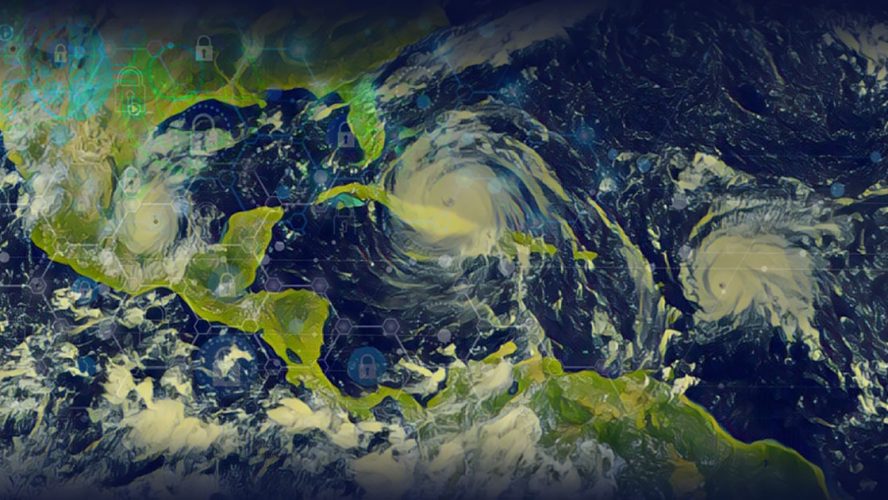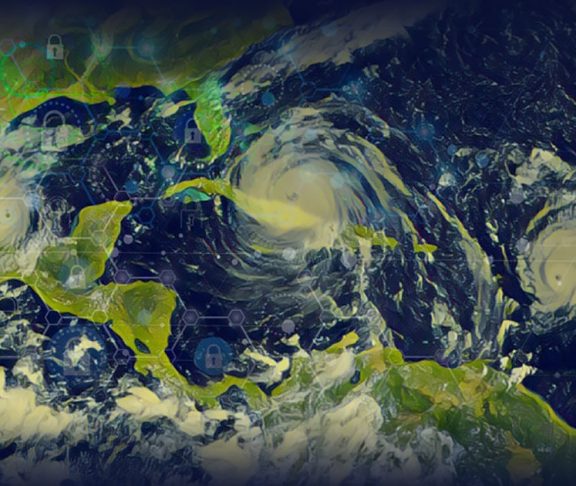In early fall 2017, Hurricanes Harvey, Irma and Maria ripped through the Southeastern U.S. and Caribbean, wreaking havoc on hundreds of thousands of homes and citizens. In Puerto Rico, Maria decimated their island’s transportation, communication, agriculture and energy infrastructure, leaving residents without power for months.
These and other natural catastrophes prompted the National Oceanic and Atmospheric Administration to rank 2017 as the most expensive year on record for U.S. disasters with more than $306 billion in total damage; and that figure doesn’t take into account the long-term and incalculable emotional toll on the people and communities devastated by these events.
What INL is doing to help plan and prepare for future disasters?
Researchers at Idaho National Laboratory (INL) are responding to these global issues by exploring solutions in sustainable energy development and protecting our nation’s critical infrastructures from natural disasters and human-caused incidents like cyberattacks. As America’s nuclear energy research laboratory, INL is advancing technologies, such as microreactors, that can be quickly and easily deployed to areas suffering from blackouts caused by natural disasters. These portable reactors could one day replace diesel generators as a low-carbon energy source, providing reliable, sustainable power to communities, military bases or to industrial processes like removing salt from seawater so people and animals in affected areas can have safe drinking water.
INL also is working closely with federal, state and private organizations to create resilient, secure power-grid technologies that will help communities better withstand natural disasters and reduce vulnerabilities to cyberthreats.
With a rapidly growing population driving greater demand for reliable, clean energy, INL is committed impacting the future by improving the quality of life for people around the world.
To learn more about how INL is solving global challenges, visit INL.gov/future



